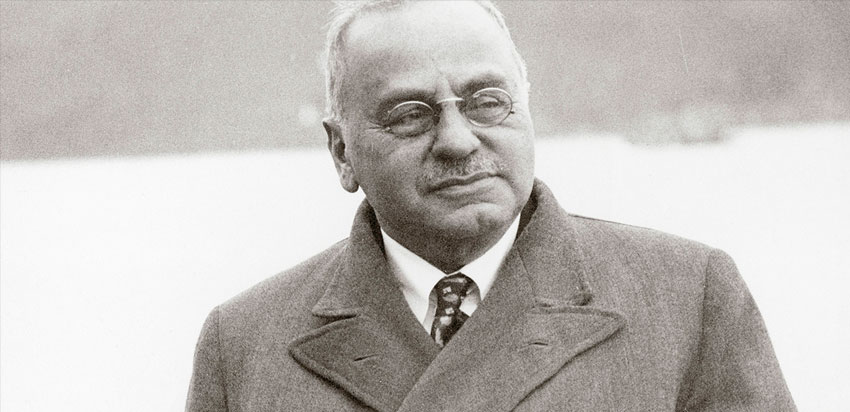You’re Outta Luck if You Miss SOL—Really!
Psychiatrist Alfred Adler formed a bond with Sigmund Freud and Carl Jung in a group called the Vienna Psychoanalytic Union. Freud dominated this group, admired Adler and named him President. Over time, the three of them have been dubbed the Holy Trinity of modern psychology. The harmony wasn’t permanent, however, as Adler displeased Freud greatly by contending publically that human beings are shaped more by their goals—what pulls them into the future—than by their past, the view Freud held with clenched fists.
Adler soon bolted from the Union in 1911, rapidly attracted his own followers and colleagues, opened clinics in Europe, had a wide impact on schools, moved to the United States, joined the faculty of Columbia University, and was a popular lecturer throughout the world. Although Adler is commonly known for such notions as Inferiority Complex, Early Recollections, and more, the centerpiece of his thought, his genius, really, was what he called the Style-of-Life (SOL).
SOL became defined as: An organized set of convictions about life of which the individual—at best—is only dimly aware.
With this in mind we’re now brought back squarely to Adler’s belief in goals and the view that we are pulled into the future, for better or worse, by goals we don’t even know we’ve set for ourselves.
As you might expect, he exerted his strongest influence on the therapist’s office and the classroom, where many teachers had adopted his views. His protégé, psychiatrist Rudolph Dreikurs, founded the Alfred Adler Institute of Chicago, and carried on the drumbeat. Dreikurs demystified the components of SOL by parsing out its three elements. Want to know who you are as briefly as possible? Fill in the blanks.
I am: (my self image)
Life is: (my world view)
My central goal (the hidden magnet that daily pulls me into the future)
This central goal dominates people’s every step and thought they have that pulls them into the future.
Some years later, Allan Cox studied SOL further along with Adler’s other key concepts at The Alfred Adler Institute (now Adler University, offering doctoral studies.) Cox further codified SOL as falling into two distinct sets: a looming threat or guardian presence.
Later Cox went on to become a management consultant who works with CEOs and their top teams. In 1976, he began applying Adler and the SOL to top executives in unique ways, particularly the corporations that employed them. Cox found that organizations have a life of their own and was the first to apply Adler’s SOL theory to organizations. In so doing, he introduced Adler’s relevance for opening doors of creativity in premier corporate life. An account of his work appears in his book The CEO in You.
One might wonder if SOL is applicable to organizations outside of corporations. Cox not only pioneered the application of SOL to corporations but also was the first to use this tool with non-corporate organizations. For example, he applied this tool to a large urban church of 6,000 members, Fourth Presbyterian of Chicago. Pastor, large staff and member committees were engaged in the SOL process over an eight-month period to use it as the basis for crafting their new mission statement. It was a cultural self-study where the church made the same declarations about itself: We are, Life is and Our Hidden Goal.
Because of follow on work to Adler’s theories by Dreikurs and Cox, Adlerian practitioners know how to apply the Style-of-Life (SOL) tool in ways that profoundly influence people’s and organizations’ lives.

